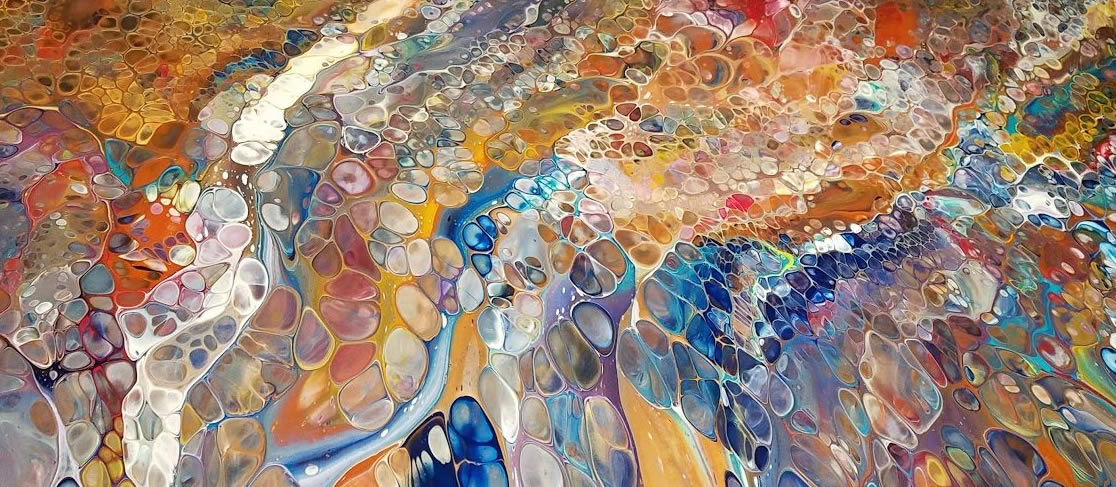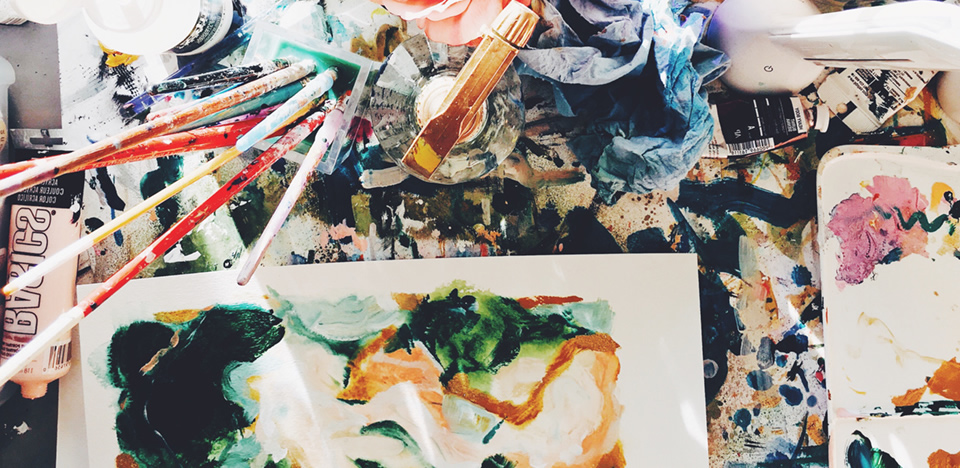What You Should Know Before Trying To Sell Your Art

Introduction
Being a great artist does not guarantee that you would do as well in the marketing and sales of the piece of art. It is one thing to create an artistic masterpiece and an entirely different thing to sell the art to a potential buyer.
Before selling your art, you need to understand how to sell your art. This article attempts to guide artists in their quest to sell art to prospective clients.
Tips to Sell Your Art

Pricing Your Piece Of Art
The most difficult part of the artistic process is pricing the art. A middle-ground needs to be arrived at more often than not. Owning the piece should be a luxury for those who can afford it, so underpricing the art is a real problem.
At the same time, the luxury of affording the art should not overshadow the genuine love for art that a potential buyer would have developed. This calls for caution from overpricing the art.
How To Go About The Pricing Of Your Art
The effort, time and money used in creating the piece of work should be reflected in the price. A quick guide to this can be found here.
Identifying Your Niche Clientele
If your answer to the question, “Who will buy your art?” is as vague as “Anyone art lover would buy my art.”, then you are definitely going about it the wrong way.
By just offering your art to anyone with the time to spare to have a look at it, you risk wasting a lot of valuable time and effort trying to sell to disinterested clients. You need to realize that there exists a difference between the art world and the real world.
How Do You Find Interested Clients?
The key to answering this question lies in identifying similarities among buyers of your art. This might be found in their interests.
There are also different categories of art lovers who might not necessarily be found at the same venues. They include;
- Renown art collectors
- Impulsive art buyers
- Online art enthusiasts
Collections where your art is displayed also influences the art sales. Find out whether your artworks for private collections, public projects or collections for corporate clients.
Explaining Your Work To Prospective Clients
Artists statements not only act as introductions to your workpieces but also as the first meeting points between you and your potential buyer.
It is imperative that you create a first good impression as this is the most convincing way of selling your work. Talk about your work in a passionate manner, your thoughts, your fears and your inspirations.
Start your conversation off by asking what exactly attracted them to your piece of work. From here, develop a train of thought that leads to encouraging them to talk more and more about their interests. How does this work?
- Firstly, most people love to feel accommodated and understood. By having a listening ear, the discussion will create a relationship that would grow into a future asset for your art business.
- Secondly, an emotional connection with the art piece would more often than not guarantee a purchase. The more they relate with the piece, the easier it would be for them to decide whether they need their piece for their office or home.
Timing Your Sales
The unique nature of opportunities is that they may pop up at any time. It is important that you always be prepared to make an art sale. As a professional, always have a business card with you.
The client may need to see samples of work done so a website is necessary. A list of all your previous works should also be available, as the materials you need for your professional work too.

How Do You Sell Your Art?
Professionalism is the way to get your art business up and running. A wonderful reputation is an invaluable asset to your business, to ensure it is well maintained.
There are a number of other things that professionalism includes; design or develop a marketing plan, following guidelines on submission to the letter and ensure that your materials are polished and edited.
Conclusion
You can never stop learning, so continue pursuing your professional and artistic development. Remember to stay true to yourself and to the art. The dream is free but the hustle is sold separately.
Now go make your first sale!

